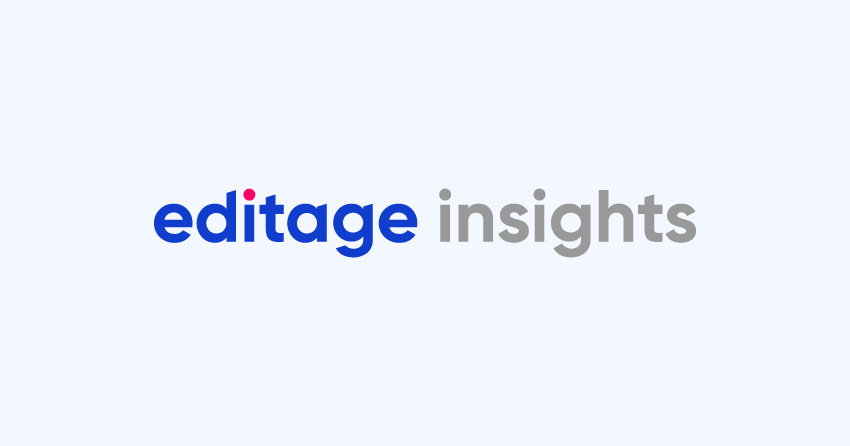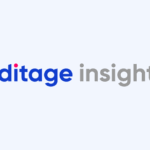Academic publishing and scholarly communications: Good reads, November 2015

November was an interesting month for the scholarly communication folks. This month was marked by discussions around irreproducibility, authorship conflict, and costs of publishing among others. Our editors followed all of these deliberations and would like to give you a glimpse into the most engaging perspectives on research and academic publishing. Happy reading!
1. Mass authorship: There has been a shift in the publishing landscape with papers now having as many as several thousand authors. Hilda Bastian follows the journey of scientific publishing and looks closely at “How did we get from there [sole authors] to first collaborating and sharing credit, and then the leap to hyperauthorship in the 2000s?”
2. Irreproducibility of research: Irreproducibility is turning out to be the soft underbelly of science. Is there a way to tackle this problem? Contemplating this issue, Dorothy Bishop provides insightful suggestions on what funders can do to address the reproducibility issues.
3. Gender and work-life balance in academia: The Leadership Foundation report reveals a “clearly evident gender difference” in academicians’ satisfaction with work-life balance. While about 60 per cent of male academic leaders are happy with their work-life balance, with female leaders, the figure drops to 40 per cent. Women in leadership positions in academia are also far more likely to suffer from stress than their male peers, says the report.
4. The need for journals: With the rising journal subscription fees and an increase in the cost of publishing, Jason Schmitt ponders whether “A better approach to academic publishing is to cut out the whole notion of publishing.”
5. Racial bias in grants: Recently released data from the US National Institutes of Health (NIH) reveals a racial disparity in grants funded by the NIH. “Minority scientists are less likely than their peers to have biomedical research grants funded — and the disparity has barely changed in 30 years,” informs this article from Nature.
6. Authorship conflict: The “prickly topic” of assigning credit to authors surfaced on social media, raising a few crucial issues. Some academics pointed out how papers with too many authors can make the publishing process complex and how the order of authors can be subjective. Further discussion followed on whether point-based criteria for authorship order would resolve this issue.
7. Retraction notices: Many journals have been reproached for displaying short and often vague retraction notices. Editors are encouraged to publish detailed retraction notices as this can help in reducing the stigma surrounding retraction. Recently, the Journal of Biological Chemistry (JBC) introduced a new policy in their editorial which stated that, “JBC retraction and withdrawal notices now will explain, with as much detail as possible, why papers have been withdrawn or retracted.”
For regular updates on important happenings in the journal publishing industry, watch our Industry News section.








